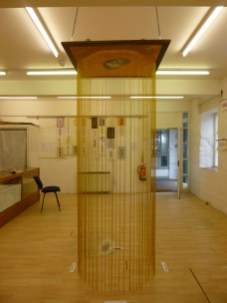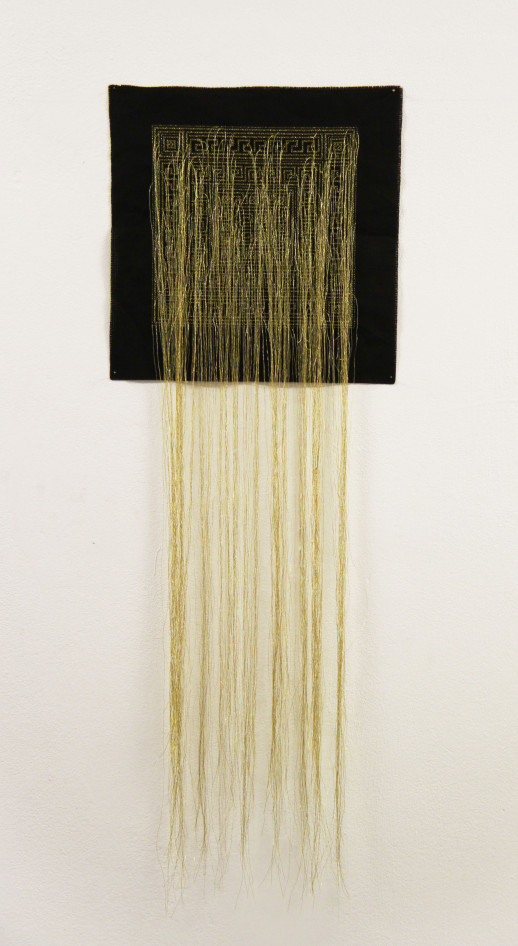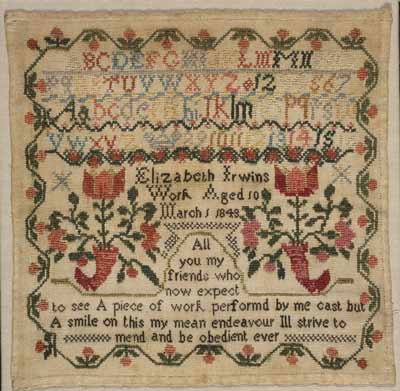Back in late 2014, when I began my Thread of Life project, I asked people to make and submit their own version of a pattern I had designed, inspired by a strand of DNA. I was blown away as the project gained momentum and spread around the world reaching as far away as Australia and America.
Anyone was encouraged to take part, from professional artists, to complete beginners. The quality of the work was not important; what mattered was that each work was individual. I also encouraged the use of non-traditional materials and for participants to try things they had never done before, including new techniques.
Some of the DNA works submitted
Through workshops I met lots of the people involved, and it was a privilege to hear little bits about their lives and motivations for taking part. I gained a further insight from all of the cards and letter I received along with submissions. Some works were highly personal, and many paid tribute or memorialised a lost loved one. This made me feel defensive about the works, treating each one as a precious and unique work of art.
When the work was exhibited I tried as far as possible to create long strands of DNA by hanging the works in line. The reaction from visitors was interesting, as some people quickly looked as the work as a whole before moving on, while others took the time to look at each work as an individual piece.
DNA works exhibited beside Sharon Mossbeck
I think that this particular undertaking has been the most rewarding art project I have done so far, and, after a good long break from it, I am beginning to think about a future participatory cross-stitch project.
I am currently arranging some contemporary art cross-stitch workshops for 2018, so keep an eye out on the events section of my website for upcoming dates.












